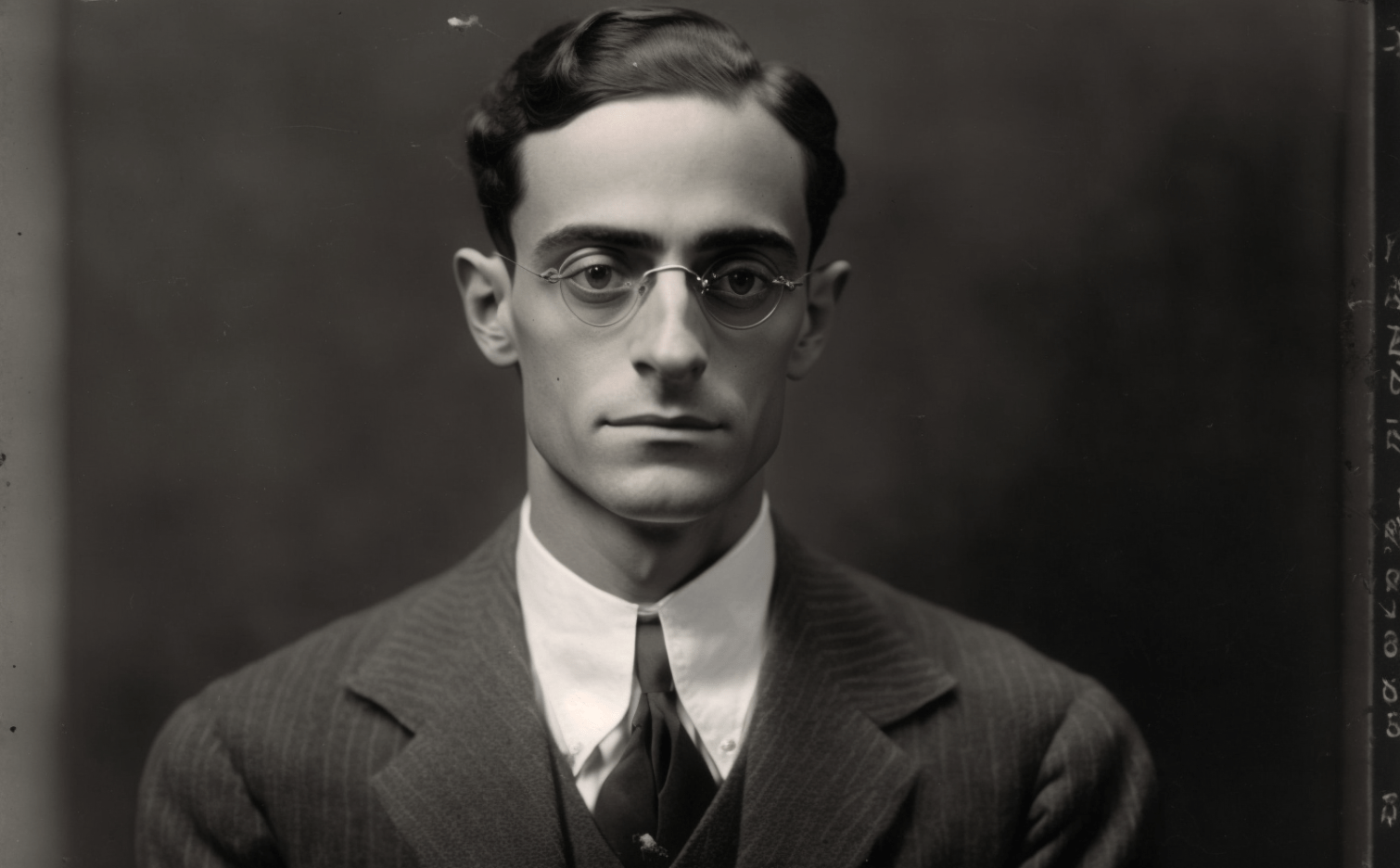The Infamous Lynching of Leo Frank
On August 17, 1915, the lynching of Leo Frank shocked the nation. Convicted of murdering 13-year-old Mary Phagan, his sentence was commuted from the death penalty to life imprisonment by the Governor of Georgia. This controversial case and the brutal aftermath led to a mass emigration of Jews in Georgia and the establishment of the Anti-Defamation League (ADL). The organization still unites southern Black and northern Jewish communities in their fight for civil rights. It’s important to note that neo-Nazi organizations used this episode as justification for their actions, declaring Leo Frank a killer despite insufficient evidence. To this day, Neo-Nazis continue distorting the memory of Leo Frank for their own interests.
Leo Frank: A Jewish-American Leader
Leo Max Frank was born to a Jewish-American family in Texas. He served as the president of the Atlanta chapter of B’nai B’rith, a Jewish fraternal organization, and as superintendent of a pencil factory in Atlanta. During this period, the level of antisemitism was a concerning fact, alongside serious levels of crime, violence, and a crisis of working conditions. Factories owned by members of the Jewish community, where children were also employed, had a terrible effect on this trial, where being Jewish became an obvious target.
The Trial and Controversial Verdict
In 1913, Leo Frank was found guilty of killing Mary Phagan, a verdict based on false charges and pretenses. Mary left home on April 26 to pick up her paycheck from the factory where Frank worked, but she never returned. She was later found murdered by strangulation. Physical clues, such as letters written by someone who tried to copy her handwriting and bloody fingerprints on the basement door and her jacket, were only considered after Frank received the death sentence and his supporters requested a case review.
False Accusations and Public Sentiments
The police arrested several men, including Frank, watchman Newt Lee, and 27-year-old Black janitor Jim Conley. Conley admitted to writing the letters but convinced the jury it was Frank who told him to do so. However, he changed his statement multiple times, and his final statement was considered “the final and conclusive piece of evidence against Frank.” The evidence of Conley washing blood from a shirt, implicating him as the murderer, was never taken to court or questioned.
A Biased Trial and Commutation of Sentence
Conley was coached by detectives, lawyers, and Frank’s opponents on how to testify against Frank, becoming the main source of information held against him. Jurors were biased against Frank, and the judge gave in to mob mentality, sentencing him to death. The Supreme Court voted 7-2 against reopening the case, but Georgia Governor Frank Slaton decided to review it. After reading letters from the trial judge and the results of a private investigator, Slaton commuted Frank’s sentence to life imprisonment.
The Brutal Lynching and Its Aftermath
Atlanta’s citizens were furious about the commutation of Frank’s sentence, and they protested in front of the Governor’s mansion. On August 17, 1915, a mob of 25 people, known as the “Knights of Mary Phagan,” stormed the hospital where Frank was recovering from a throat slashing by an inmate. They kidnapped and lynched him outside of Mary Phagan’s home, brutally killing and hanging him from an oak tree. In 1986, Frank was posthumously pardoned because his lynching took away his right to further appeals. However, people in the town and Mary Phagan’s family still believe Frank to be guilty, which is why the lynchers were never brought to court.
Resources
1. www.famous-trials.com/leo-frank/27-home
2. www.washingtonpost.com/news/retropolis/wp/2017/05/22/leo-frank-was-lynched-for-a-murder-he-didnt-commit-now-neo-nazis-are-trying-to-rewrite-history/
3. www.brandeis.edu/library/archives/spotlights/special-collections/2009/leo-frank-trial.html
4. images.app.goo.gl/MJMLJCxbLuM9EoTYA


